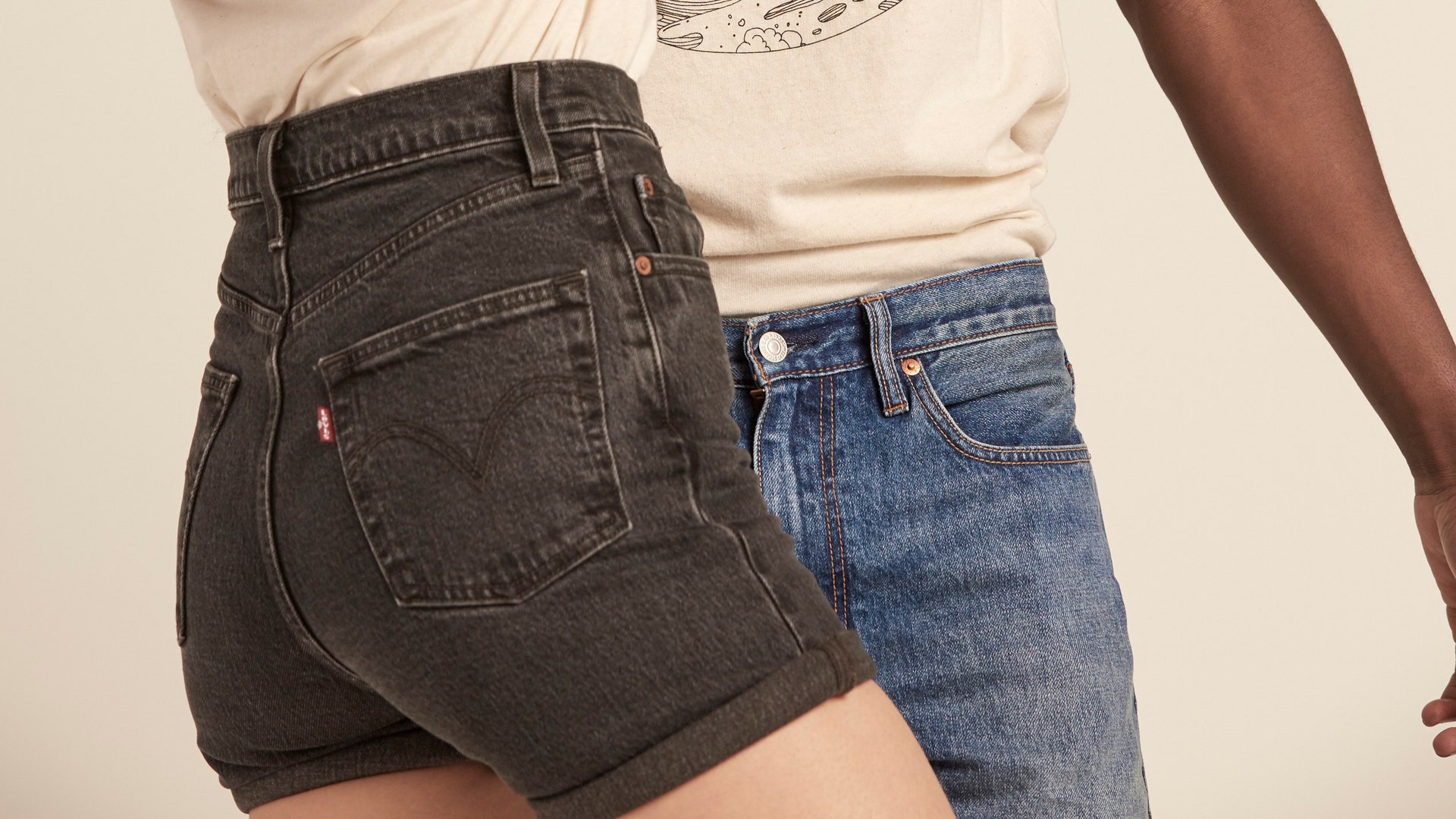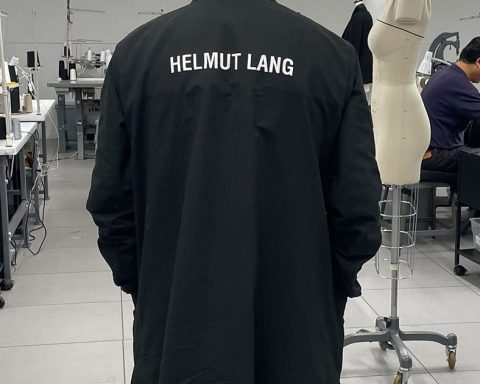Twenty years ago the game The Sims came onto the market. Do you remember it? Released in 2000, at the dawn of the new millennium it was an absolute novelty: the first simulation video game (hence the name) distributed by EA Games, progenitor of the “software games” family. You play without a conclusion and a winner where the only purpose was to simulate real life as realistic as possible. A game that gave and gives the opportunity to live a parallel reality in all respects. A Second Life that users have used to make their dreams come true and live the life they don’t have in the real world. Some have turned into a famous DJ, others into fans of the fashion world: compared to the simple t-shirt & jeans look of the first chapter, today the Sims’ outfits are signed Versace, Max Mara, Bottega Veneta and so on.
All thanks to the “virtual” designers, who recreate the looks seen at “real” fashion weeks and the coolest items of the moment. Such as @idsims, which defines itself as “The Sims 4 CC Creators“, and creates and publishes crazy looks: from the tracksuits of the main streetwear brands (Adidas, Nike) to Fiorucci‘s t-shirts, to Versace sets, to the it-bag by Dior and the iconic sandals by Bottega Veneta, without forgetting the beauty world. The Sims also thought about the models: the game was born of Simstigrammers, virtual influencers who publish their photos and stories on real Instagram accounts. One of the most famous is @skinnycleo.
In this moment of crisis, virtual reality is proving to be an excellent alternative for the fashion industry, as demonstrated by the choice to transform Tokyo and Shanghai in the first entirely digital fashion weeks. Or, for example, Louis Vuitton, who last year for the online game League of Legends, had created outfits for players complete with a trophy chest (article here).














